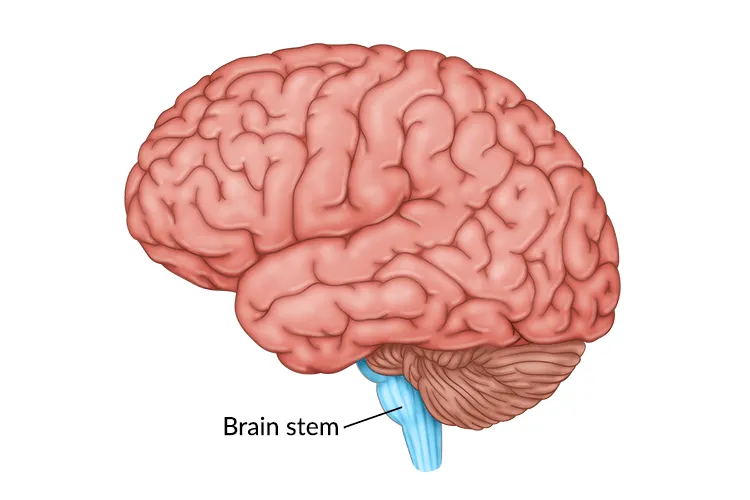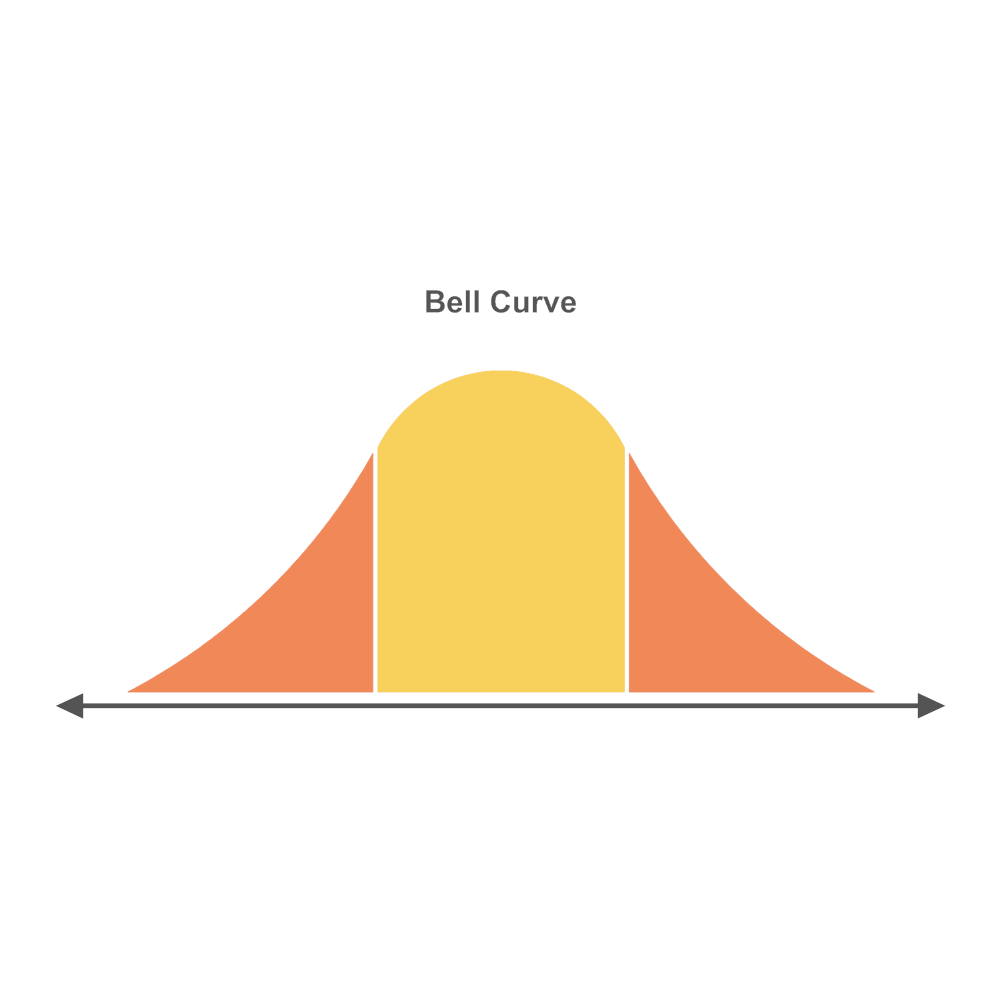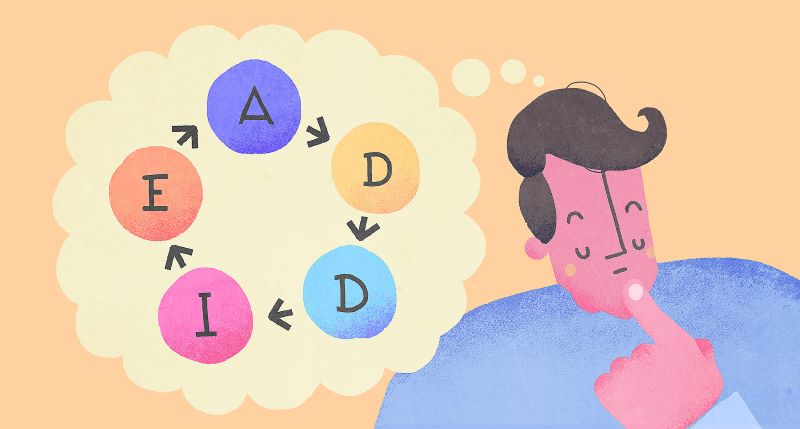Education
What is the Concept of Visual/Spatial?
Visual/spatial intelligence, also known as spatial intelligence or picture smart, is one of the multiple intelligences proposed by Howard Gardner in his theory of Multiple Intelligences. This concept refers to the ability to visualize and mentally manipulate objects and spatial dimensions. Individuals with strong visual/spatial intelligence excel at: Visualizing objects from different angles Creating mental […]
Education
Cognitive Research Trust (CoRT)
The Cognitive Research Trust (CoRT) is an educational program developed by Edward de Bono in 1973 to teach thinking skills. The CoRT program aims to enhance cognitive abilities and problem-solving skills by providing a structured approach to thinking and decision-making. Key features of the CoRT program include: Six thinking “hats”: A technique that encourages looking […]
Education
Cloze Procedure
The Cloze Procedure is a technique used in education and linguistics to assess reading comprehension, language proficiency, and text readability. Developed by Wilson Taylor in 1953, this method involves removing words from a passage of text and asking readers to fill in the blanks, either with their own words or from a list of options. […]
Education
The Children’s Online Privacy Protection Act (COPPA)
The Children’s Online Privacy Protection Act (COPPA) is a United States federal law enacted in 1998 to protect the privacy of children under 13 years of age online. The act regulates the collection and use of personal information from children by websites and online services, including mobile apps and connected toys. Key provisions of COPPA […]
Education
Caldecott Medal
The Caldecott Medal is a prestigious annual award given to the artist of the most distinguished American picture book for children. Established in 1937 by the Association for Library Service to Children (ALSC), a division of the American Library Association (ALA), the medal is named after Randolph Caldecott, a 19th-century English illustrator known for his […]
Education
Brainstem
The brainstem is a crucial part of the central nervous system, located at the base of the brain and connecting the cerebral hemispheres with the spinal cord. This relatively small structure plays a vital role in regulating many essential bodily functions and serves as a relay center for important neural pathways. The brainstem consists of […]
Education
Bookmark Technique
The Bookmark Technique is a standard-setting method used in educational assessment to determine performance levels or cut scores for standardized tests. Developed in the late 1990s, this technique aims to provide a more efficient and intuitive approach to setting performance standards compared to traditional methods. Key features of the Bookmark Technique include: Ordered item booklet: […]
Education
Bell Curve
The Bell Curve, also known as the normal distribution or Gaussian distribution, is a symmetrical, bell-shaped graph that represents the distribution of a set of data. In statistics and probability theory, it is one of the most important and widely used probability distributions. Key characteristics of the Bell Curve include: Symmetry: The curve is perfectly […]
Education
Bank Street Model
The Bank Street Model, developed by the Bank Street College of Education in New York City, is a progressive approach to early childhood education that emphasizes experiential learning, social-emotional development, and individualized instruction. This model is based on the belief that children learn best through active engagement with their environment and through meaningful interactions with […]
Education
ADDIE Model
The ADDIE Model is a systematic instructional design framework widely used in educational and training settings. ADDIE stands for Analysis, Design, Development, Implementation, and Evaluation – the five phases of the model. This approach provides a structured method for creating effective learning experiences. Analysis: In this initial phase, instructional designers identify learning needs, target audience […]














